The Art of letting go
…and Finding Peace
Letting go. Two small words that carry enormous emotional weight. Whether it’s the need to release a painful memory, a lost relationship, an old version of ourselves, or simply the illusion of control — learning to let go is one of the most human and healing practices we can embrace.
And yet, letting go is often misunderstood. It’s not about forgetting, denying, or pretending we weren’t hurt. It’s about choosing not to carry the same burden forever. It’s an act of courage and compassion.
What Are We Holding On To?
We often hold on to things because they once felt meaningful, necessary, or safe. We cling to roles, identities, expectations, or regrets. We replay conversations that didn’t go the way we wanted. We revisit moments that shaped us, trying to rewrite them in our minds.
Holding on may seem like a way to stay connected, but over time it weighs us down. Emotionally. Physically. Spiritually. And often, what we cling to isn’t what brings us joy but what prevents us from fully living.
Letting Go Is Not Giving Up
In therapy, particularly in Acceptance and Commitment Therapy (ACT), we explore the idea that letting go is not the same as giving up. Letting go is an active process of making space for what really matters. It’s shifting our energy from resistance to presence.
Letting go means:
Accepting what we cannot change
Releasing our grip on old stories about ourselves
Choosing not to follow every thought or emotional wave
Allowing life to move, evolve, and surprise us
It’s less about the “what” we let go of, and more about the how — with openness, with mindfulness, and with grace.
Finding Peace in the Pause
Letting go creates space. And in that space, we often rediscover something long forgotten: peace.
Peace doesn’t come from fixing everything. It comes from softening into the reality of the moment. It lives in the pauses, the gentle exhale after a difficult conversation, the quiet after a storm of emotion, the moment we finally say to ourselves, “It’s okay now. You don’t have to carry this anymore.”
Peace is not passive. It arises when we stop fighting what already is. It shows up when we allow life to be imperfect and ourselves to be human.
Practices for Letting Go
Letting go isn’t a one-time event. It’s a practice. Here are a few gentle ways to begin:
Breathe consciously: The breath reminds us that letting go is natural. Each out-breath is a release.
Name and acknowledge: What are you holding onto? Write it down. Say it out loud. Give it a voice.
Visualise release: Imagine placing your burden on a leaf in a stream or letting it drift into the sky like a balloon.
Feel the body: Our body holds tension. Letting go might mean stretching, walking, or resting with awareness.
Practice self-compassion: Letting go often brings grief. Be kind to yourself through this process.
Letting Go Opens the Door
To let go is to make room for healing, for joy, for new beginnings. It doesn’t erase the past, but it changes our relationship to it. We remember with less pain. We forgive more easily. We grow into who we’re becoming.
Letting go is an act of love. A love that says: I am ready now to live, not in the shadow of what was, but in the light of what still can be.
Letting go isn’t easy but you don’t have to do it alone.
If you’re ready to release what no longer serves you and create space for peace and meaning, I offer a safe, compassionate space to support your journey. Reach out anytime.

